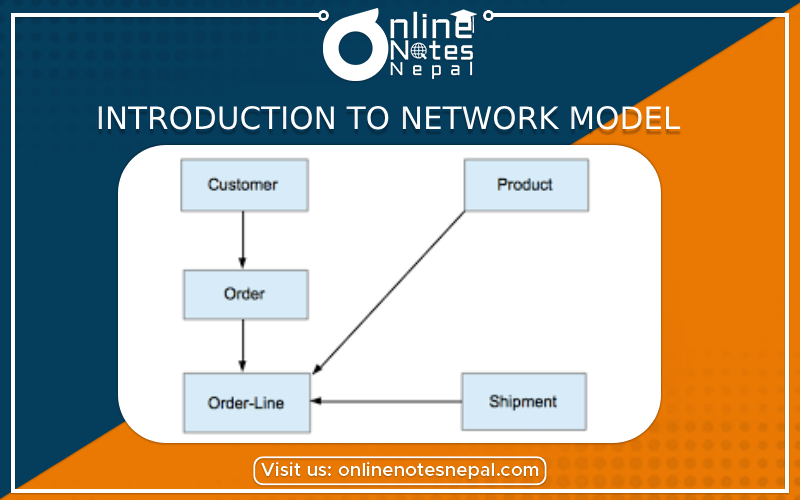Published by: Dikshya
Published date: 25 Jul 2023

A network model, in the context of computer science and information technology, refers to the representation of complex systems as interconnected nodes (also called vertices) and edges (also called links) between these nodes. These nodes can represent various entities, such as computers, servers, routers, users, or any other objects, while the edges represent the relationships or connections between these entities. Network models are widely used to study, analyze, and design various real-world systems, including computer networks, social networks, transportation systems, and more.
- Nodes (Vertices): Nodes are the fundamental building blocks of a network model. Each node represents an entity or an individual element within the system. For instance, in a computer network, nodes can represent computers, servers, or network devices.
- Edges (Links): Edges are the connections or relationships between nodes in the network. They represent how the nodes are linked or related to each other. In a computer network, edges represent the physical or logical connections between devices.
- Directed vs. Undirected Networks: In a directed network, edges have a specific direction, indicating a one-way relationship between nodes. In contrast, an undirected network has bidirectional connections, implying a two-way relationship between nodes.
- Weighted Edges: Network models can have weighted edges, where each edge is assigned a numerical value representing the strength, distance, or some other attribute of the relationship between connected nodes.
- Degree: The degree of a node refers to the number of edges connected to that node. In a directed network, nodes have both an in-degree (incoming edges) and an out-degree (outgoing edges).
- Graph Theory: Graph theory is the mathematical foundation of network modeling. It deals with the study of graphs, which consist of nodes and edges. Graph theory provides various algorithms and methods to analyze and manipulate network structures effectively.
- Social Networks: Social network models are used to study relationships and interactions between individuals, groups, or organizations. These models have applications in sociology, marketing, and other social sciences.
- Computer Networks: Network models are extensively used in the design, analysis, and optimization of computer networks. These models help understand data flow, network topology, and communication protocols.
- Transportation Networks: Transportation models represent the interconnected routes and links in transportation systems, such as roads, railways, or flight routes. They aid in optimizing traffic flow and planning efficient transportation routes.
- Communication Networks: Communication network models focus on the exchange of information and data flow between devices or systems. They are vital for designing and analyzing communication protocols.
- Visualization: Network models provide a visual representation of complex systems, making it easier to understand the relationships between entities.
- Analysis: They enable the application of graph theory algorithms to analyze and solve various problems related to the network.
- Optimization: Network models help optimize the performance and efficiency of networks by identifying bottlenecks and improving connectivity.
- Decision Making: These models aid in making informed decisions, such as resource allocation, routing, and capacity planning.
In conclusion, network models are valuable tools in understanding the structure, behavior, and efficiency of interconnected systems. Whether applied to computer networks, social networks, or transportation systems, these models play a crucial role in problem-solving and decision-making processes.